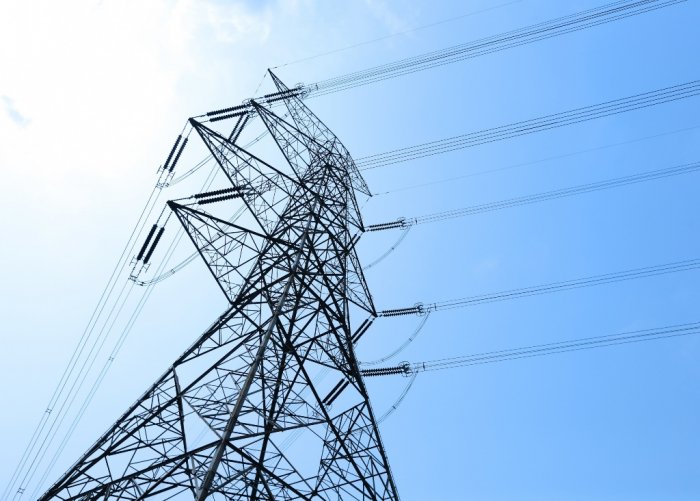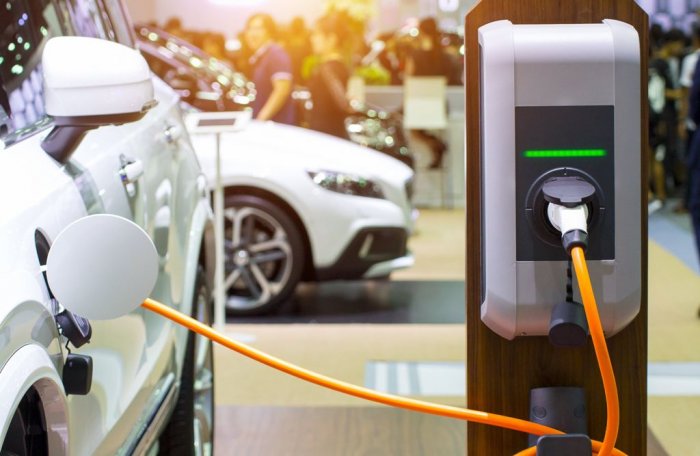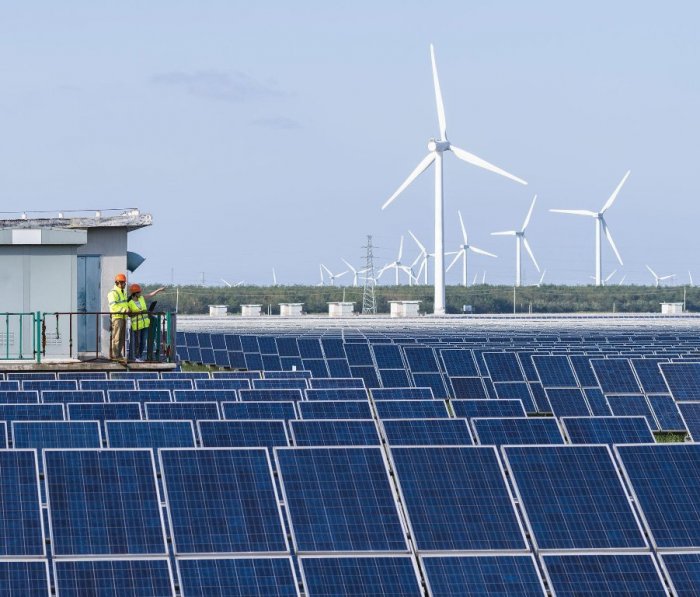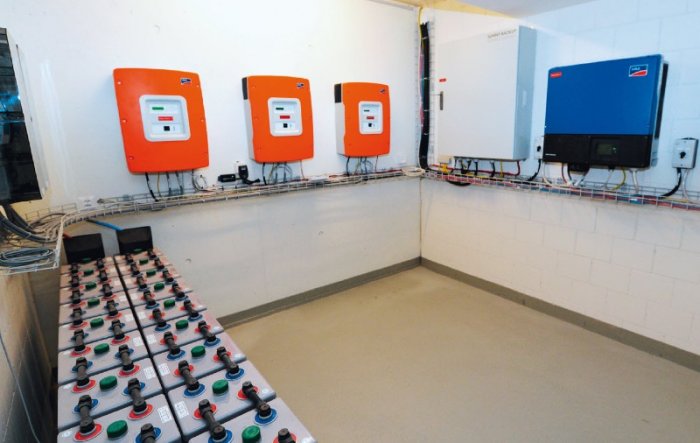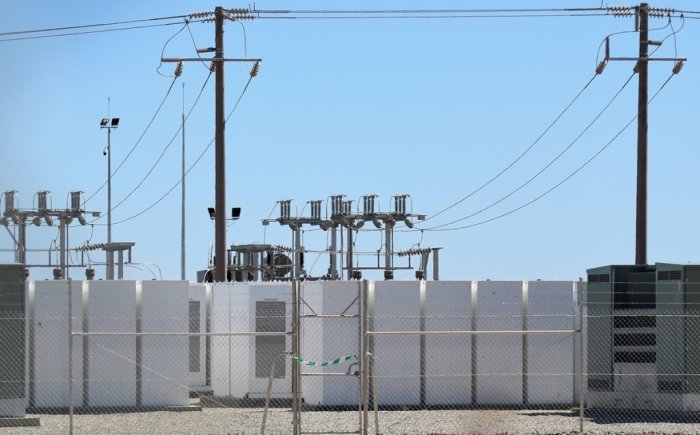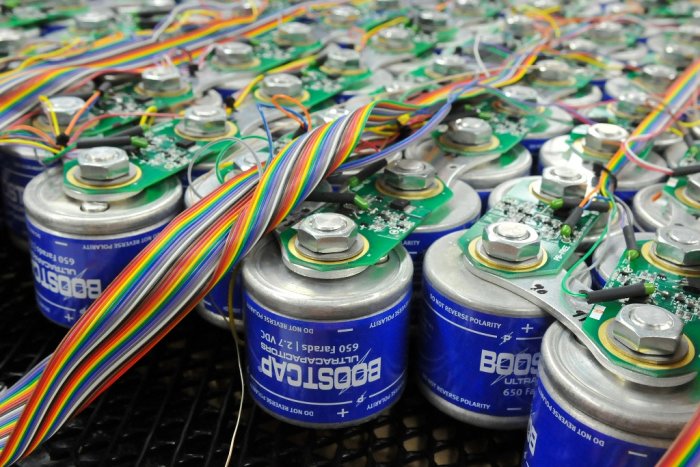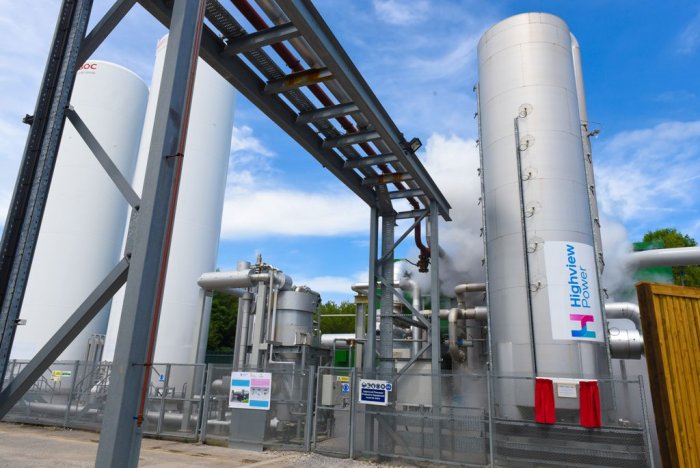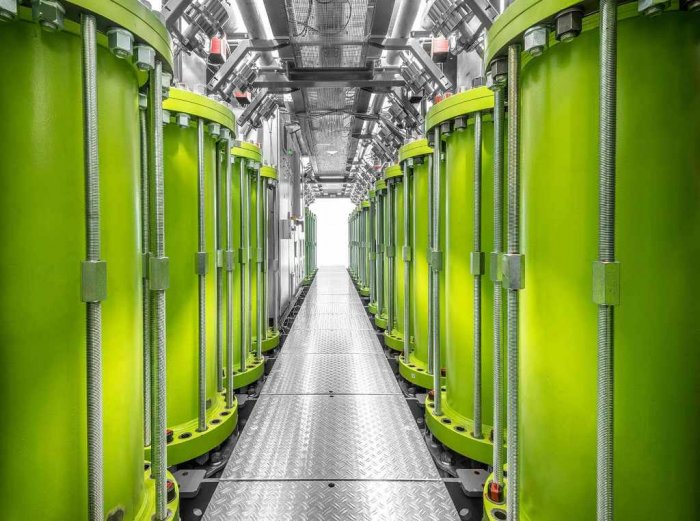Modern energy storage devices, the most common types of energy storage
Energy storage devices are systems that store energy in various forms, such as electrochemical, kinetic, potential, electromagnetic, chemical and thermal, using for example fuel cells, batteries, capacitors, flywheels, compressed air, hydraulic accumulators, supermagnets, hydrogen, etc. .
Energy storage devices are an important resource and are often used to provide uninterrupted power or to support the power system during periods of very short-term instability. They also play an important role in stand-alone renewable energy systems.
The main criteria for energy storage devices required for a specific application are:
- the amount of energy in terms of specific energy (in Wh · kg -1) and energy density (in Wh · kg -1 or Wh · l -1);
- electrical power, i.e. required electrical load;
- volume and mass;
- reliability;
- durability;
- security;
- price;
- recyclable;
- impact on the environment.
When choosing energy storage devices, the following characteristics should be considered:
- specific power;
- storage capacity;
- specific energy;
- reaction time;
- efficiency;
- self-discharge rate / charging cycles;
- sensitivity to heat;
- charge-discharge life;
- impact on the environment;
- capital / operating costs;
- service.
Electrical energy storage devices are an integral part of telecommunication devices (mobile phones, telephones, walkie-talkies, etc.), back-up power systems and hybrid electric vehicles in the form of storage components (batteries, supercapacitors and fuel cells).
Energy storage devices, whether electrical or thermal, are recognized as core clean energy technologies.
Long-term energy storage has great potential for a world where wind and solar power dominate the addition of new power plants and gradually replace other sources of electricity.
Wind and solar only produce at certain times, so they need additional technology to help fill in the gaps.
In a world where the share of intermittent, seasonal and unpredictable electricity generation is increasing and the risk of desynchronization with consumption is increasing, storage makes the system more flexible by absorbing all phase differences between energy production and consumption.
Accumulators serve mainly as a buffer and allow easier management and integration of renewable energy sources both in the grid and in buildings, offering some autonomy in the absence of wind and sun.
In generator systems, they can save fuel and help avoid generator inefficiencies by serving the load during periods of low power demand when the generator is least efficient.
By buffering fluctuations in renewable generation, energy storage can also reduce the frequency of generator start-ups.
In wind and diesel systems with high penetrating power (where the installed wind power exceeds the average load), even a very small amount of storage dramatically reduces the frequency of diesel start-ups.
The most common types of industrial energy storage devices:
Industrial energy storage devices
Electrochemical energy storage devices
Batteries, especially lead-acid batteries, remain the predominant energy storage device.
Many competitive battery types (nickel-cadmium, nickel-metal hydride, lithium-ion, sodium sulfur, metal-air, flow-through batteries) outperform lead-acid batteries in one or more aspects of performance such as life, efficiency, energy density, rate of charge and discharge, cold weather performance or maintenance required.
In most cases, however, their low cost per kilowatt-hour of capacity makes lead-acid batteries the best choice.
Alternatives such as flywheels, ultracapacitors or hydrogen storage may become commercially successful in the future, but are rare today.
Lithium-ion (Li-ion) batteries are now a modern power source for all modern consumer electronic devices. The volumetric energy density of prismatic lithium-ion batteries for portable electronics has doubled to three times over the past 15 years.
As several new applications for Li-ion batteries emerge, such as electric vehicles and energy storage systems, cell design and performance requirements are constantly changing and present unique challenges to traditional battery manufacturers.
Thus, the high demand for safe and reliable operation of high-energy, high-power-density lithium-ion batteries becomes inevitable.
Application of electrochemical energy storage devices in the power industry:
Accumulator plants, the use of batteries to store electrical energy
Electrochemical supercapacitors
Supercapacitors are electrochemical energy storage devices that can be fully charged or discharged in seconds.
With their higher power density, lower maintenance costs, wide temperature range, and longer duty cycle compared to secondary batteries, supercapacitors have received significant research attention in the past decade.
They also have a higher energy density than conventional electrical dielectric capacitors.The storage capacity of a supercapacitor depends on the electrostatic separation between the electrolyte ions and the large surface area electrodes.
The lower specific energy of supercapacitors compared to lithium-ion batteries is an obstacle to their widespread use.
Improving the performance of supercapacitors is necessary to meet the needs of future systems, from portable electronics to electric vehicles and large industrial equipment.
Supercapacitors in detail:
Ionists (supercapacitors) — device, practical application, advantages and disadvantages
Compressed air energy storage
Compressed air energy storage is a way of storing energy produced at one time for use at another time. At a utility scale, energy generated during periods of low energy demand (off-peak) can be released to meet periods of high demand (peak load).
Compressed air isothermal storage (CAES) is a new technology that attempts to overcome some of the limitations of traditional (diabatic or adiabatic) systems.
Cryogenic energy storage
Britain plans to build 250 MWh of liquefied air storage. It will be combined with a park of renewable energy sources and compensate for their interruptions.
Commissioning is scheduled for 2022. The cryogenic energy storage units will work in conjunction with the Trafford Energy Park near Manchester, where part of the electricity production comes from photovoltaic panels and wind turbines.
This storage facility will compensate for interruptions in the use of these renewable energy sources.
The principle of operation of this installation will be based on two cycles of changing the air conditioner.
Electrical energy will be used to draw in air and then cool it to very low temperatures (-196 degrees) until it becomes liquid. It will then be stored in large, insulated, low-pressure tanks specially adapted for this use.
The second cycle will take place when there is a need for electrical energy. The cryogenic liquid is heated by a heat exchanger to continue vaporization and return it to a gaseous state.
Evaporation of cryogenic liquid causes the volume of gas to expand, which drives turbines that generate electricity.
Kinetic energy storage devices
A flywheel is a rotating mechanical device that is used to store rotational energy. The flywheel can capture energy from intermittent energy sources over time and provide a continuous supply of electrical energy to the grid.
Flywheel energy storage systems use input electrical energy that is stored as kinetic energy.
Although the physics of mechanical systems is often quite simple (such as turning a flywheel or lifting weights up), the technologies that enable these forces to be used effectively and efficiently are particularly advanced.
High-tech materials, the latest computer control systems and innovative design make these systems suitable for real applications.
UPS systems for commercial kinetic storage consist of three subsystems:
- energy storage devices, usually a flywheel;
- distribution devices;
- a separate generator that can be started to provide fault-tolerant power over the energy storage capacity.
The flywheel can be integrated with a backup generator, which improves reliability by directly connecting mechanical systems.
More about these devices:
Kinetic energy storage devices for the power industry
How flywheel (kinetic) energy storage devices are arranged and work
High Temperature Superconducting Magnetic Energy Storage (SMES) for Power Grids:
How superconducting magnetic energy storage systems work and operate

